Lavender, a delightfully fragrant herb, is renowned not only for its aesthetic appeal but also for its ability to thrive alongside a variety of plants. This concept, known as companion planting, benefits both lavender and its neighboring plants by fostering a mutually beneficial environment. In this article, we will delve into the various plants that harmoniously coexist with lavender, enhancing each other’s growth, health, and vibrancy.
When and where is the ideal time to plant lavender?
Lavender typically thrives best when planted in the spring, after the last frost. This gives the plant ample time to establish its roots before the hotter summer months. It prefers a sunny location, ensuring a daily exposure of 6-8 hours to direct sunlight. The ideal location is characterized by well-drained, sandy, or gravelly soil with a neutral to slightly alkaline pH. These conditions mimic the Mediterranean environments where lavender naturally grows, ensuring its most vibrant growth.

What is Companion Planting?
Companion planting is an age-old horticulture practice where different plant species are grown together for mutual benefit. This might include enhancing nutrient uptake, pest control, pollination, productivity, and providing habitat for beneficial creatures. Plants have unique characteristics, including their growth habits and the substances they emit, that can be beneficial or harmful to other plants. When these characteristics are complementary, the plants are said to be good companions. Understanding this dynamic can lead to healthier, more productive gardens. It is under this premise that lavender finds its companions, benefiting from their presence and providing benefits in return.[2]
What are the benefits?
Companion planting with lavender offers several advantages. Firstly, it enhances biodiversity, promoting a healthy and balanced ecosystem within your garden. It also optimizes space usage, as the height, width, and root depth of the plants can be complementary. Secondly, the powerful aroma of lavender serves as a natural deterrent to pests while simultaneously attracting beneficial insects, offering an organic and effective solution for pest control. Furthermore, when planted alongside certain vegetables and fruits, lavender has been known to enhance their flavor.
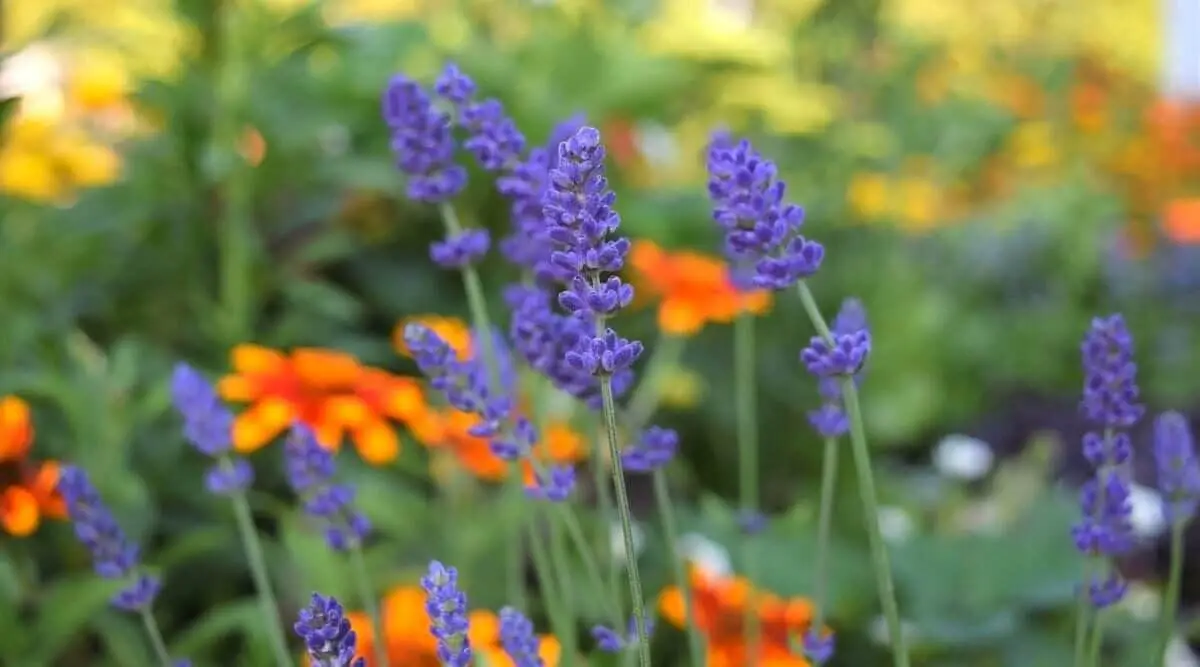
Lastly, the act of planting lavender alongside other crops can have significant benefits a visually appealing mix of colors, shapes, and textures in your garden, enhancing its aesthetics. On a broader scale, companion planting encourages environmentally-friendly gardening practices by reducing dependency on synthetic pesticides and fertilizers.
Complementary Plants for Lavender
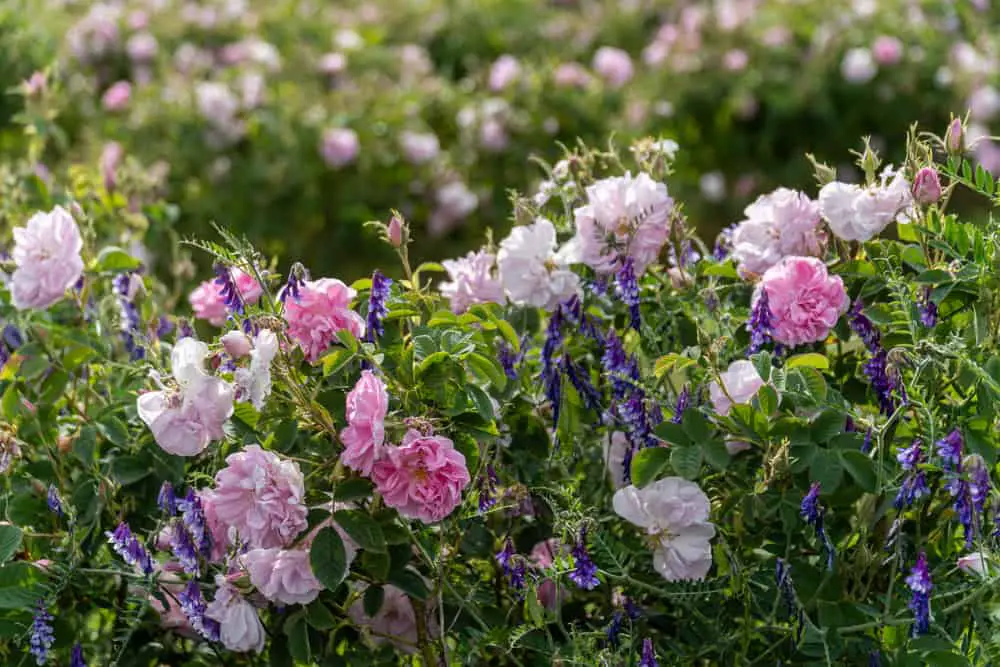
Roses
The traditional English garden is adorned with a timeless pairing of roses and lavender, creating a captivating combination that evokes a sense of beauty and charm. The strong aroma of lavender serves to repel pests that often plague roses, such as aphids, while also attracting pollinators that benefit both plants. The contrasting colors of the two plants, whether the lavender’s purple hue against red or pink roses, also create an appealing aesthetic.
Thyme
Thyme is another great companion for lavender due to its similar sunlight and watering needs. This combination allows for easy garden maintenance. Furthermore, both thyme and lavender are Mediterranean herbs, sharing a preference for well-drained, slightly sandy soil.
Sage
Like lavender, sage is a drought-tolerant plant and prefers sunny locations, making it a suitable companion. Additionally, the lush green leaves of sage provide an exquisite contrast to the lavender’s grey-green foliage and vibrant purple flowers.
Echinacea
Echinacea, a perennial plant, pairs well with lavender. The towering stature and resplendent blossoms make it an exquisite setting for the diminutive lavender to thrive against. Moreover, Echinacea thrives under comparable growing conditions as lavender, favoring well-drained soil and abundant sunlight exposure.
When choosing suitable companion plants, you can also protect your lavender from extreme weather conditions such as frost or strong winds. The wind-breaking properties of some companion plants will help keep your delicate lavender safe during intense storms. Additionally, certain companion plants have deep roots that can help absorb moisture, allowing the soil to remain moist and preventing your lavender from drying out.
When you pair the perfect companion plants to complement your lavender, you will create a robust garden filled with vibrant colors and aromas. With careful consideration of each plant’s needs and characteristics, you can create harmonious combinations that benefit both the plants and your garden as a whole. [4]
Best Plants for Lavender

Rosemary
Rosemary is a top companion plant for lavender, sharing similar sunlight and soil requirements. Their combined aromatic properties help to deter pests, protecting each other from harmful insects.
Cosmos
Cosmos are superb companions for lavender, with their vibrant, daisy-like flowers providing aesthetic contrast to lavender’s purple hues. While the cosmos attract a plethora of beneficial insects, lavender’s scent wards off the detrimental ones.
Grapes
If you’re growing lavender in a vineyard or have grapevines in your garden, lavender can prove to be an excellent companion. Lavender helps to deter pests that can harm the grapes, while the grapevines provide lavender with a bit of shade, which can be beneficial in the heat of summer.
Garlic
Garlic plants and lavender have proven to be a successful combination. Garlic has strong pest-resistant properties and can discourage aphids, a common pest that can harm lavender plants.
Remember, the key to successful companion planting is understanding the needs of each plant and making sure those needs are compatible. With careful planning and thoughtful pairing, you can create a thriving ecosystem in your garden where each plant helps the others to grow and flourish. Whether it be for aesthetic or practical purposes, lavender companions can create a beautiful and productive garden. With a few choice plants, you can make your garden both enchanting and beneficial for all involved.
Lavender pairs well with a variety of companion plants, from herbs to perennials. By understanding the needs and characteristics of each plant, you can create an ecosystem that maximizes space use and benefits both the lavender and its companions. With the right combination of plants, your garden can be a haven for beauty, productivity, and sustainability.
Plants to Avoid as Companions for Lavender
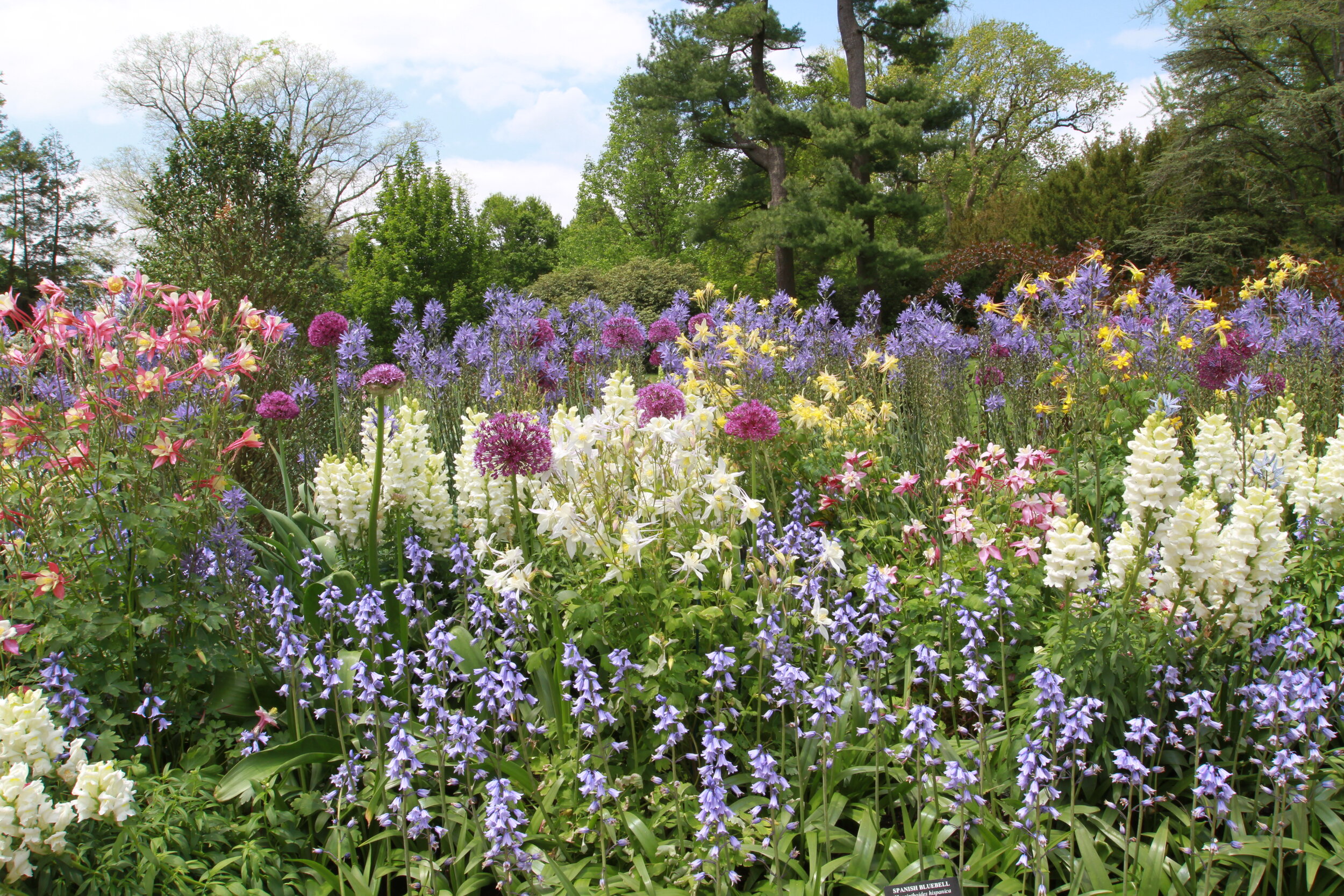
While lavender is compatible with many plants, there are certain ones you should avoid pairing with lavender in your garden.
Water-Hungry Plants
Lavender is a drought-tolerant plant that prefers dry, well-drained soil. Pairing it with water-loving plants such as willows or most kinds of ferns can lead to overwatering of the lavender, which can cause root rot and other fungal diseases.
Acidic Soil Plants
Lavender thrives in neutral to slightly alkaline soil. Avoid planting it alongside species that prefer acidic conditions, such as azaleas, rhododendrons, and blueberries. The soil requirements of these plants are incompatible with those of lavender and could hinder their growth and development.
Heavy Feeders
Avoid pairing lavender with heavy feeders—plants that require a lot of nutrients—like corn or tomatoes. These plants may deplete the soil of necessary nutrients faster than lavender can tolerate, potentially stunting its growth.
Remember, a successful garden relies on understanding the needs and preferences of each plant. Carefully considering companion plants for your lavender can ensure a vibrant, healthy, and aromatic garden. With the right pairing, you can create a beautiful and beneficial ecosystem in your garden. [6]
Tips for Planting and Watering
When planting lavender, ensure that the chosen location has full sun exposure and well-draining soil. Too much shade can inhibit flowering and growth, while too damp of soil can lead to root rot. To facilitate good drainage, consider planting lavender on a small mound or in a raised bed.
Lavender is a drought-tolerant plant that requires little watering once established. Water the plant thoroughly during planting to encourage root growth. Afterward, water sparingly, only when the soil feels dry to the touch. Avoid overwatering, as this can be detrimental to the plant’s health.
Remember, different lavender varieties may have specific watering needs. Always research the specific requirements of your chosen variety to ensure optimal growth and flowering.
FAQ
What makes the cultivation of lavender so challenging?
Lavender cultivation can be challenging due to several factors. This plant is highly sensitive to waterlogged conditions, which can lead to root rot and other fungal diseases. Ensuring the right balance of moisture, particularly in climates prone to heavy rainfall or humidity, can be difficult. Lavender also requires full sun exposure and well-drained, slightly alkaline soil for optimal growth. If these conditions aren’t met, it can significantly impact the plant’s health and flowering capacity. Additionally, lavender is prone to pests like aphids, which need to be carefully managed to avoid damage to the plant. Finally, different varieties of lavender have specific needs regarding climate, soil, and water, adding an extra layer of complexity to its cultivation. [5]
Does lavender require excessive sunlight?
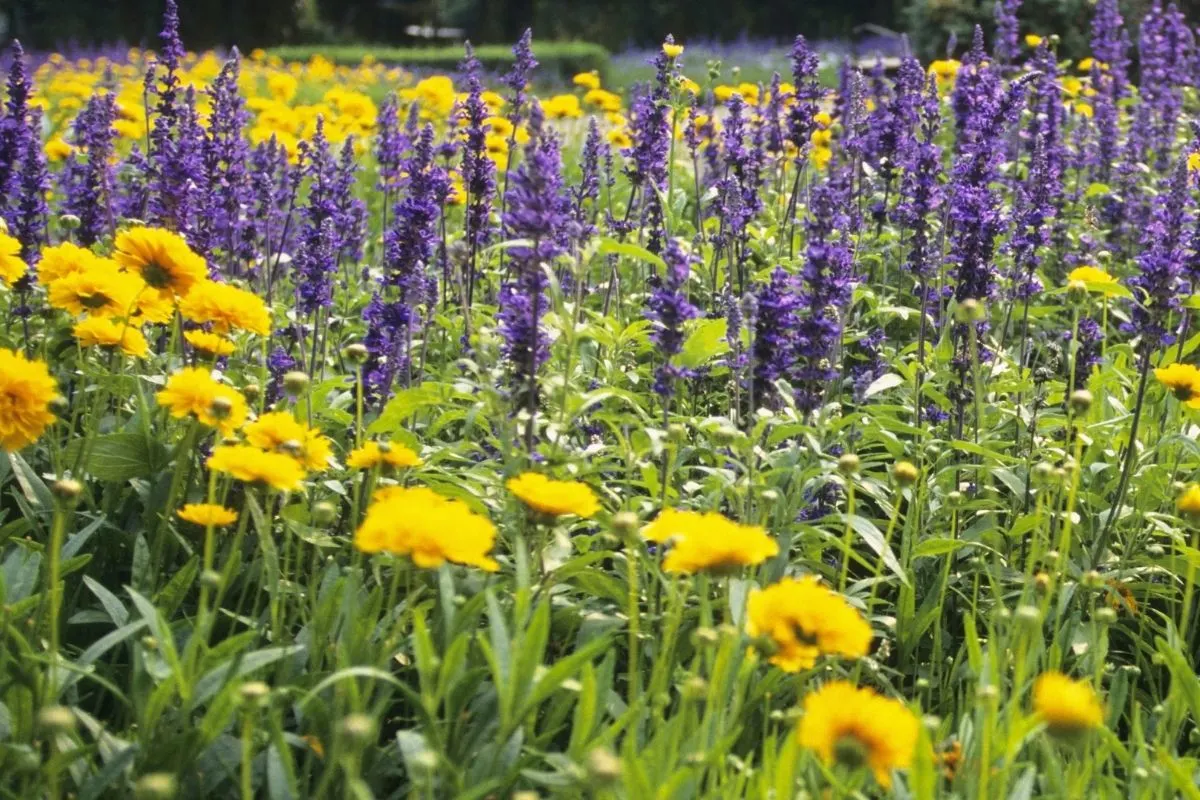
Lavender does indeed require ample sunlight to thrive, but it would be incorrect to say it needs “excessive” sunlight. Lavender thrives best when it is exposed to full sun, ensuring optimal conditions for its growth and development, which generally means at least six hours of direct sunlight per day. This level of sunlight is essential for the plant’s health, promoting vigorous growth and abundant flowering. However, like with any plant, it’s crucial to balance sunlight exposure with other care factors such as appropriate watering and soil conditions. Too much sun without adequate water, for instance, can stress the plant and cause it to wilt. Therefore, it’s essential to find the right balance of sunlight and other care requirements for optimal lavender growth.
What is the optimal place for planting lavender?
The optimal place for planting lavender is in a location with full sun exposure and well-draining soil. This plant thrives in locations that get at least six hours of direct sunlight each day. It’s also critical to ensure the soil is well-draining, as lavender prefers drier conditions and is sensitive to waterlogged soil. A raised garden bed or a spot on a slope can often provide the good drainage needed. The soil should also be neutral to slightly alkaline for the lavender to flourish. If you’re planting lavender in a pot or planter, ensure there are adequate drainage holes. Remember, different lavender varieties may have specific location needs, so always check the requirements for the specific type of lavender you are planting. With the ideal location, you can create the perfect environment for lavender to thrive.[3]
Is lavender suitable for beginners in gardening?
Lavender can indeed be a good choice for beginners in gardening, but it comes with a caveat. This plant is hardy and requires minimal maintenance once established, making it a great ‘starter’ plant. However, the key to successful lavender cultivation lies in understanding its specific needs, particularly regarding sunlight, water, and soil condition. A beginner gardener who is willing to take the time to learn about these requirements can successfully grow lavender. Keep in mind that lavender isn’t very tolerant of mistakes, especially when it comes to overwatering.
What animal is drawn to lavender?
Bees are particularly drawn to lavender. The plant’s vibrant purple flowers and sweet, aromatic scent are highly attractive to bees, making lavender an excellent choice for those looking to attract these beneficial pollinators to their garden. In addition to bees, butterflies also enjoy lavender. These insects play a critical role in pollination, thus promoting biodiversity and the health of your garden. On the other hand, lavender’s strong scent can deter certain pests, such as deer and rabbits, making it a beneficial addition to gardens prone to these intruders. All in all, lavender is a great plant for attracting pollinators and deterring pests, making it an invaluable addition to any garden.
Which animals are repelled by the scent of lavender?
The strong aroma of lavender is known to repel several animals. These include moths, fleas, flies, and mosquitoes, making lavender a natural insect repellent. In addition, larger pests such as deer and rabbits are also deterred by lavender’s scent. These animals typically avoid areas where lavender is planted, as its potent aroma can be overwhelming to their sensitive sense of smell. For this reason, planting lavender can be an effective strategy for protecting your garden from unwanted animal visitors.
However, it should be noted that the effectiveness of lavender as a deterrent may vary depending on the animal and other factors in the environment. To maximize its repellent effects, place lavender in areas where pests are most likely to appear. Given that lavender is a beneficial plant for both attracting pollinators and deterring unwanted animals, it’s an excellent choice for any garden! [1]
What is the duration of lavender’s blooming period?
Lavender typically has a blooming period that extends from late spring to late summer, depending on the specific variety and the growing conditions. Most lavender plants start to put forth their charming purple flowers in May or June, with blooms peaking around July. The blooming can continue until August or even September in some climates.
However, it’s important to note that the blooming period can vary based on factors like the lavender variety, location, climate, and care practices. Regular deadheading, or the removal of spent flowers, can encourage the plant to produce more blooms and extend its blooming period. Therefore, with the right care, you can enjoy lavender’s delightful flowers for several months each year.
Is lavender attractive to mosquitoes?
Contrary to attracting mosquitoes, lavender is actually known to repel these insects. The potent aroma of lavender, while pleasing to us, is generally disliked by mosquitoes. The essential oil in lavender has a scent that mosquitoes find unpleasant, therefore it acts as a natural deterrent. This makes lavender a great plant to have in your garden or outdoor living space, especially in the evenings when mosquitoes are most active. However, the strength of lavender as a mosquito repellent may vary based on environmental factors and the specific mosquito species, so it should not be solely relied upon for insect control. It’s always a good idea to use additional, proven methods of mosquito control to keep these pests at bay, especially during peak mosquito season.[6]
Can lavender effectively repel bed bugs?
While there is some anecdotal evidence suggesting that lavender may deter bed bugs, scientific studies on this topic are limited and the results are inconclusive. The strong scent of lavender oil is believed to be unappealing to these pests, and it has been suggested that spraying a diluted lavender oil solution on bedding might help keep bed bugs away. However, despite lavender’s potential ability to repel bed bugs, it is unlikely to eliminate an existing infestation. Bed bugs are tenacious creatures and getting rid of them typically requires a comprehensive approach including thorough cleaning, heat treatments, and professional pesticides. Therefore, while lavender can be one tool in your arsenal against bed bugs, it should not be the sole method of prevention or control. Always consult with a pest control professional if you suspect a bed bug infestation.
What is the best soil type for growing lavender?
Lavender prefers well-draining soil with a slightly acidic pH. Sandy, gravelly soils are ideal for lavender cultivation and encourage optimal drainage which helps prevent root rot. It’s also important to ensure that the soil is enriched with organic matter such as compost or manure before planting. Adding aged manure or compost can help improve the soil’s nutrient content and drainage capacity. Lavender is also quite adaptable to dry conditions, so soil that retains some moisture while still allowing air circulation around the roots is ideal. Overall, lavender requires well-draining soil with good aeration to thrive, so be sure to select the right type of soil when preparing the beds for planting.
Is it possible to cultivate lavender in a container?
Yes, it is absolutely possible to cultivate lavender in a container. This method of growing can be quite beneficial, especially for those who are short on garden space, live in an apartment, or simply want to add some aromatic beauty to a patio or balcony. The key to successful container cultivation is ensuring proper drainage as lavender does not tolerate waterlogged conditions. Choosing a pot with ample drainage holes and using a well-draining soil mix is crucial. Also, choosing a pot made of terra cotta or similar material can help ensure better evaporation of excess moisture. Be sure to select a container that is large enough to accommodate the mature size of the lavender variety you are planting. Regular watering, occasional feeding, and placing the container in a location with full sun exposure will help your lavender thrive.[3]
Can I harvest and prune lavender at the same time?
Yes, it is possible to harvest and prune lavender at the same time. Harvesting typically involves cutting the flower spikes when the buds are just starting to open. Pruning, on the other hand, involves removing about a third of the growth from the plant, primarily from the older wood. This process helps to keep the plant compact and encourages new growth. Both harvesting and pruning can be done during the blooming period, which is usually in early summer. However, it’s important to note that significant pruning should not be done late in the season, as the plants need time to recover before the onset of colder weather. If pruned and cared for appropriately, lavender plants can reward you with beautiful, fragrant blooms for many seasons.
What can I do with lavender?
Lavender is incredibly versatile and can be used in a variety of ways. It is commonly used in aromatherapy for its calming and soothing properties, and its essential oil is often found in beauty and skincare products for its antiseptic and anti-inflammatory benefits. In culinary arts, lavender lends a unique floral flavor to dishes and is particularly popular in French cuisine. It can be used in baking, in making desserts, and also flavoring savory dishes such as lamb or chicken. It is also a key ingredient in Herbes de Provence, a traditional French herb blend. In the home, dried lavender bundles can act as a natural air freshener and its flowers are often used in crafting, from making potpourri to lavender-infused crafts. Finally, it is an ideal plant for a pollinator garden as it attracts bees, butterflies, and other beneficial insects. With so many uses, lavender is a must-have for any garden!
What are the ideal growing conditions for lavender?
Lavender prefers a sunny location that get at least six to eight hours of direct sunlight each day. While it can tolerate a wide range of soil types, it does best in lean, sandy, or gravelly soils. The soil should be well-drained as lavender is highly susceptible to root rot in waterlogged conditions. Additionally, lavender thrives best in soil that is slightly alkaline, with a pH ranging from 6.7 – 7.3 It’s also drought-resistant and can withstand dry periods once established, so it requires minimal watering. When it comes to temperature, lavender can tolerate mild winters but may not perform as well in areas with high humidity or extreme cold. Overall, these plants demand good air circulation and less fertilizer to avoid overly lush growth, which may lead to a shorter lifespan. With adequate sun and well-draining soil, lavender can provide years of beautiful blooms and fragrant foliage. [6]
Useful Video: 10 Great Companion Plants For Lavender
Conclusion
In conclusion, lavender is a versatile and tenacious plant, ideal for both garden planting and container cultivation. Its requirements are straightforward – well-draining soil, plenty of sunlight, and minimal watering. Beyond its cultivation, lavender offers an array of benefits and uses, from its natural pest-repelling properties to its application in aromatherapy, cuisine, and skincare. While it requires some care and attention, especially when it comes to watering and pruning, the rewards of growing lavender are truly manifold. Whether you enjoy it for its beautiful, fragrant blooms, or utilize its essential oils, lavender is a wonderful addition to any home or garden.
References:
- https://borealbloomhomestead.com/lavender-companion-plants/
- https://www.backyardgardenlover.com/companion-plants-for-lavender/
- https://www.gardendesign.com/plants/lavender.html
- https://www.americanmeadows.com/perennials/lavender/how-to-grow-lavender
- https://www.goodhousekeeping.com/uk/house-and-home/gardening-advice/a35677777/how-to-grow-lavender/
- https://www.gardenia.net/guide/lavender-varieties-and-blooming-seasons





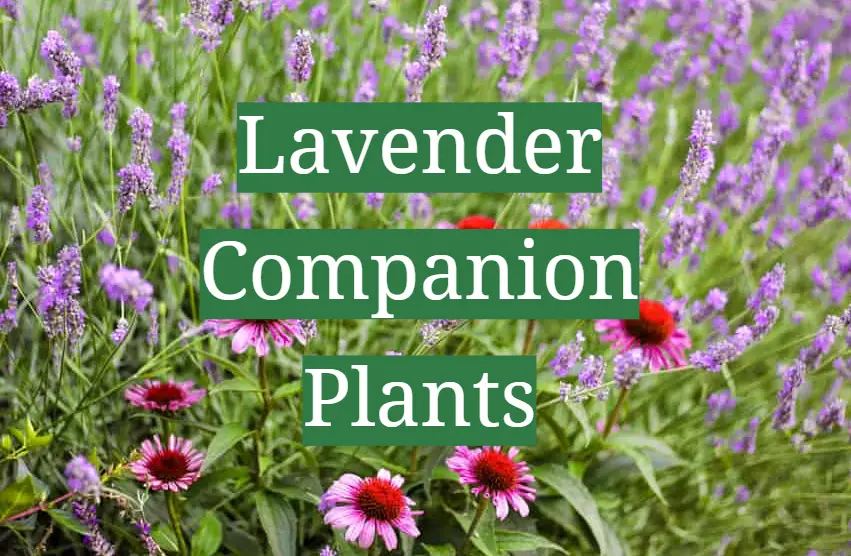




Leave a Reply
View Comments